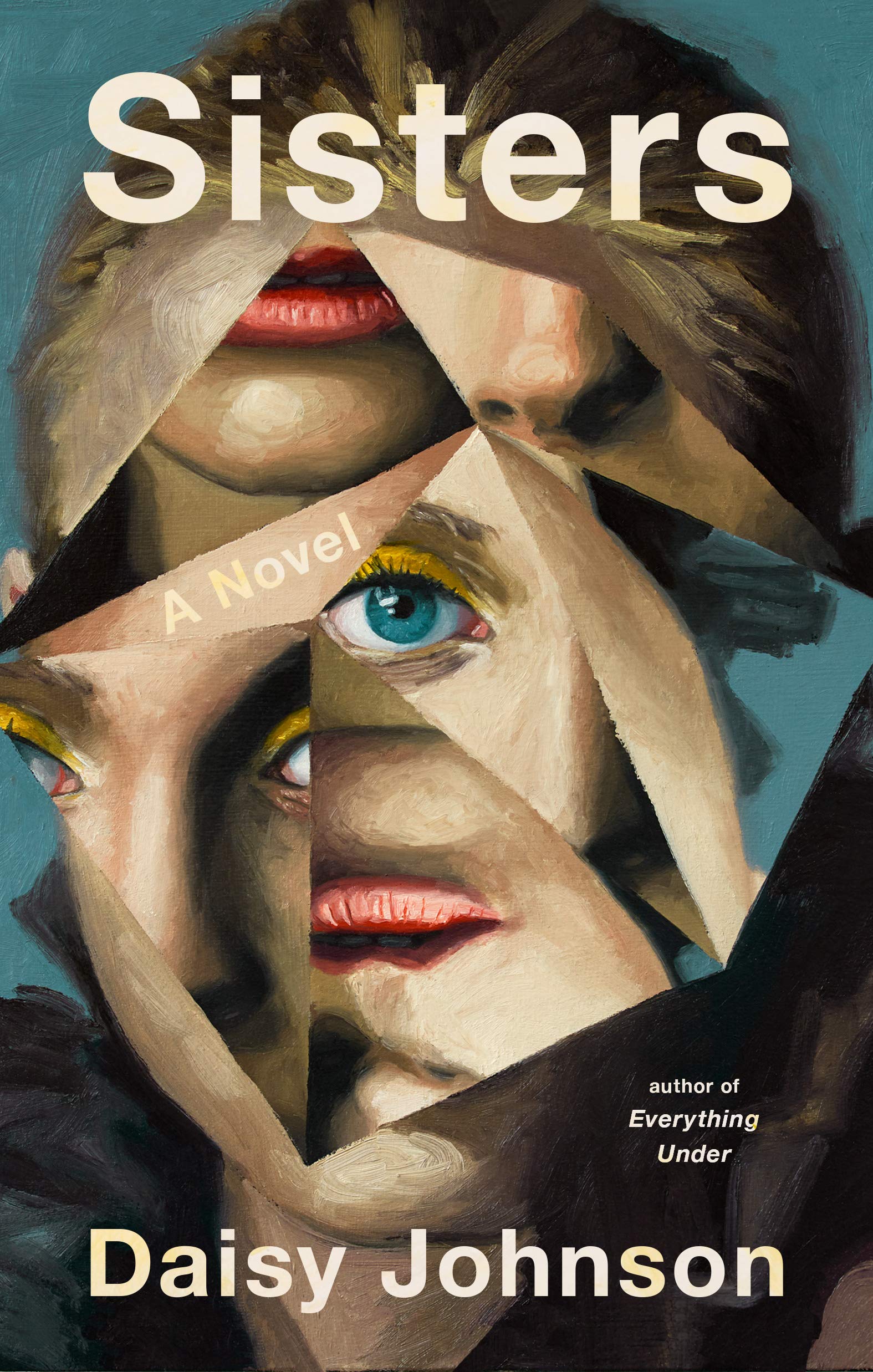Book: Sisters
Author: Daisy Johnson,
Publisher: Riverhead
Price: $26
Watching her two daughters engaged in a game of “trick-or treating” one Halloween evening, Sheela is struck by their differences: July was “too like her” and September “too like her father”. Nonetheless, “there was something about the way they moved that was disconcerting, like unfinished doppelgängers, turning their heads at the same time.” Despite tailing them doggedly, the moment she turns to look away, they disappear. Panicking, shouting their names, Sheela runs around in the gathering dusk only to find September standing in the doorway, “alone, her face wiped clean, expectant”. Sheela was almost certain that something bad must have happened to July, her second born, the pale and peaky follower of September. But there she was, “smiling, saying that they’d lost all the sweets”. So what happened? Did September deliberately “orchestrate” this show of appearance just to unnerve Sheela? Sheela hated herself but could not help thinking so. After all, there were times when she could not break September’s will, or breach the girls’ inner world of sudden silences and shuttered looks. She liked it when her daughters “weren’t quite so inseparable, when there was more room for her”.
Daisy Johnson’s Sisters presents a compelling read on the state of horror underlying quotidian relationships. The third venture by the acclaimed British novelist and the youngest to be nominated for the Man Booker Prize in 2018, Sisters, is a tightly told tale about two school-going teenage sisters and their mother, an artist with a failed vision, set in a house ironically called Settle House. Ironically, because nothing is settled.
Sisters delves into domestic dystopia via the power dynamics of the “unfinished doppelgängers” and through the disconnected worlds of their single mother and an alien father who died in a swimming pool. The house, “beached up on the side of the North York Moors”, is ‘character-like’ with its haunted memories of the dead and the living. Divided into three parts, most of the story is narrated by July, as only a few offer Sheela’s point of view from an omniscient narrator’s perspective. July, as it turns out, is not wholly reliable and Sheela can hardly hold the story.

Sisters By Daisy Johnson, Riverhead, $26 Amazon
The drives of the novel flowing out of the intersection of horror and young adult fiction, to name two of the obvious sub-genres, typically blur the characters, churn the buried memories, and propel the plot towards its shocking end. Much of the anticipated horror is presented through flashbacks and we learn that something terrible happened in school in Oxford, something horrifying that made Sheela drive all the way to Settle House and dive under the duvet.
And the girls? Drawn in their tight circle of invented routines in which September is always the ringleader, they recall their past visit to the house and discover its ancient and decomposed secrets. The outside world filters in through their favourite shows on the laptop, walks on the beach, and sex with a blurry youth. Or so we think. Against the house’s mouldy self, slices of the past appear: September’s stubborn anger, July’s anxious mania, the cruelties of teen social media, the bullying episodes, and the abrupt break from school. Hints, clues, and cues leading to the twist in the tale lie scattered, but like everything else, they too are flooded with the “dream logic” of the story. The trope of the ‘unfinished doppelgängers’ pervades the text.
Johnson’ spare narrative is thick with descriptions, which offer a visual turn to the otherwise inward story of two blood sisters. However, can thick descriptions alone socially manoeuvre a solipsistic narrative? Within its hermetically sealed tale, Sisters refuses to historicize horror or socialize desire. As the material referents of dysfunctionality, protest and rebellion remain tantalizingly elusive, names and places such as Copenhagen and India exoticize the plot without fracturing or interrogating the compulsions of the characters.
The ruminations of the mother in looking for parallels between her first-born and the dead father have a fatalistically biological air, more so because Peter is a marginalized figure in the story. Likewise, the telos of the unfinished doppelgängers, an exciting social terrain of sibling relations, ends typically, albeit dramatically. Perhaps the reshaping of motherhood and sisterhood within female horror requires more than a displacement of the social onto the gothic realm, however modern or contemporary. It requires an addressing of the social in the gothic, a social that not only gathers the classic domestic malaises that alienated individuals suffer but also the newer forms of anxieties arising out of the interface between consumerism and social media in neoliberal times.










